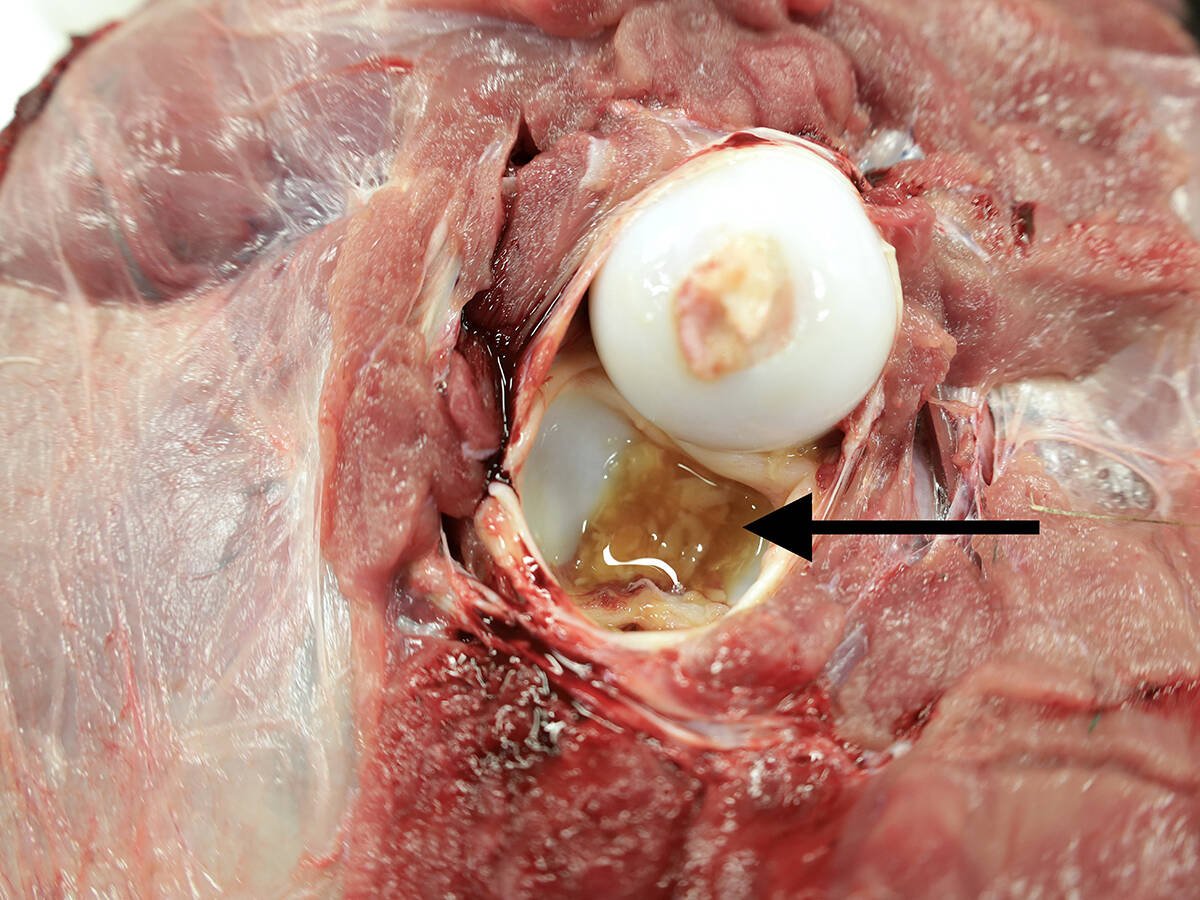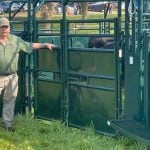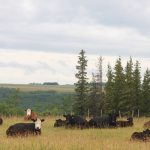Judge Martin Roberge liked what he saw coming and going when he picked
a mature Jersey cow as his grand champion at the recent Stampede Dairy
Classic in Calgary.
Gaymar Lance Sara, which is owned by the Coleman family of Innisfail,
Alta., also had the show’s best udder.
For the Colemans, the win was confirmation that their program works.
While their heifers do not always place as well as Greg Coleman might
like, the mature cows from Green Hectares L’il Buster Jerseys often
Read Also

Adequate colostrum can prevent bloodstream infections
Antibodies contained in colostrum are critical for preventing infections before the young animal’s own immune system gains experience with microbes, matures and takes over.
walk away with the champion banners.
“I have a tendency to feed them too well,” he said after the show. “We
shine with mature cows rather than heifers.”
They have 150 purebred Jerseys and milk 65 of them. The cows live in a
loose-housing system and are milked at 5 a.m. and 4 p.m. This leaves
Greg time for family and his other job, teaching cooking in the
vocational program at the local high school. Trained as a chef, he also
holds a dairy science degree.
The Colemans have been Jersey enthusiasts for several generations.
“It started with my mom,” Greg said.
Marg grew up with the doe-eyed cows and her father gave her four Jersey
heifers when she married Stan Coleman.
The family has shown cattle since 1976, winning the grand championship
at the Prairieland Dairy Show in Saskatoon four out of the last five
years.
Smaller than Holsteins, Jersey cows weigh between 1,000 and 1,200
pounds. They are capable of producing large quantities of milk richer
in protein and butterfat than the average dairy animal. Production
ranges from 3.9-4.1 percent protein and 4.9-5.1 percent butterfat.
Jerseys account for about five percent of the Alberta dairy herd.
Sometimes lost in the Holstein sea of black and white, there are likely
only about a dozen Jersey herds in the province, Coleman said.
“We know all the herds.”















